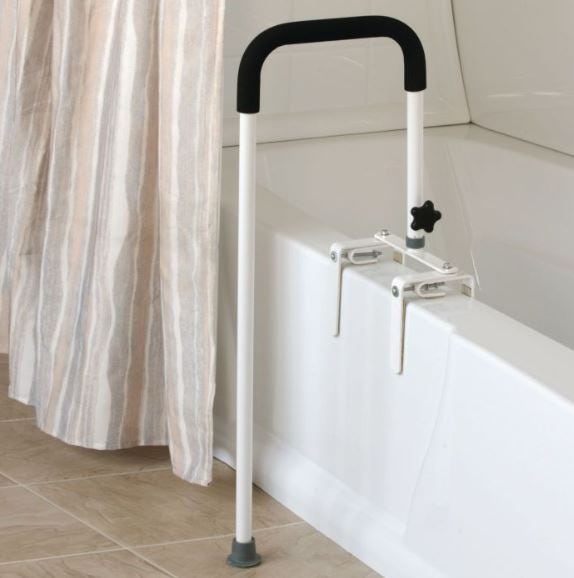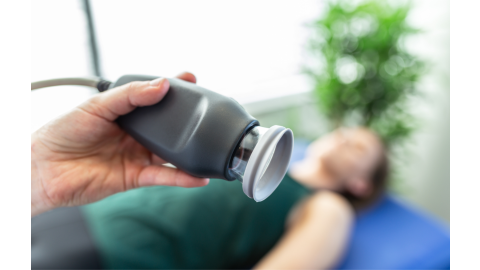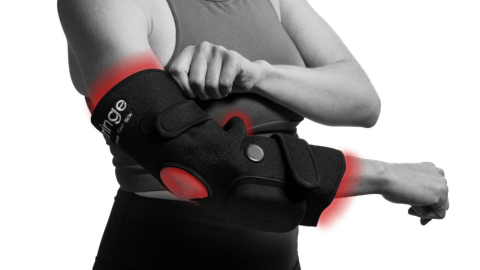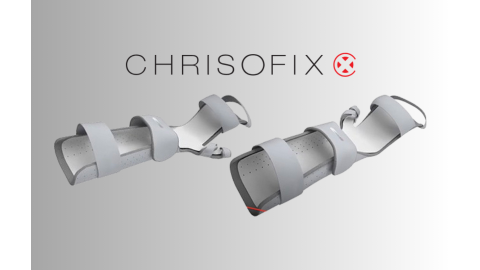If you have Huntington’s disease (HD), your symptoms put you at an increased risk for falls. Reduce your chance of falls and injury by talking to an occupational therapist and considering these products.
Mobility Aids
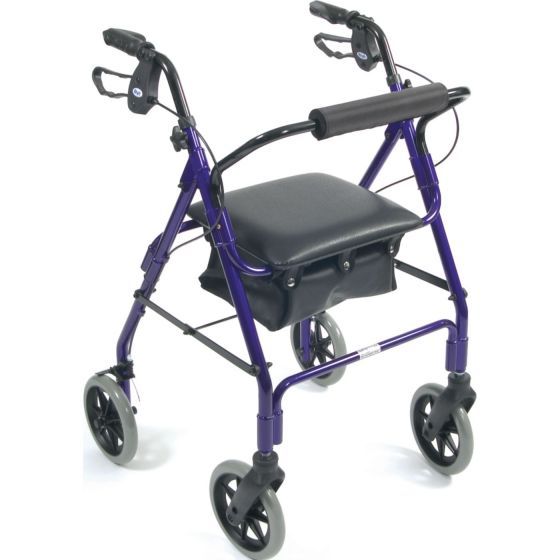
- A mobility aid can offer support and help you keep your balance while walking. Rollators are recommended for people with HD. Learn more in Huntington’s Disease: Mobility Aids for Every Stage.
Bathroom Fall Prevention
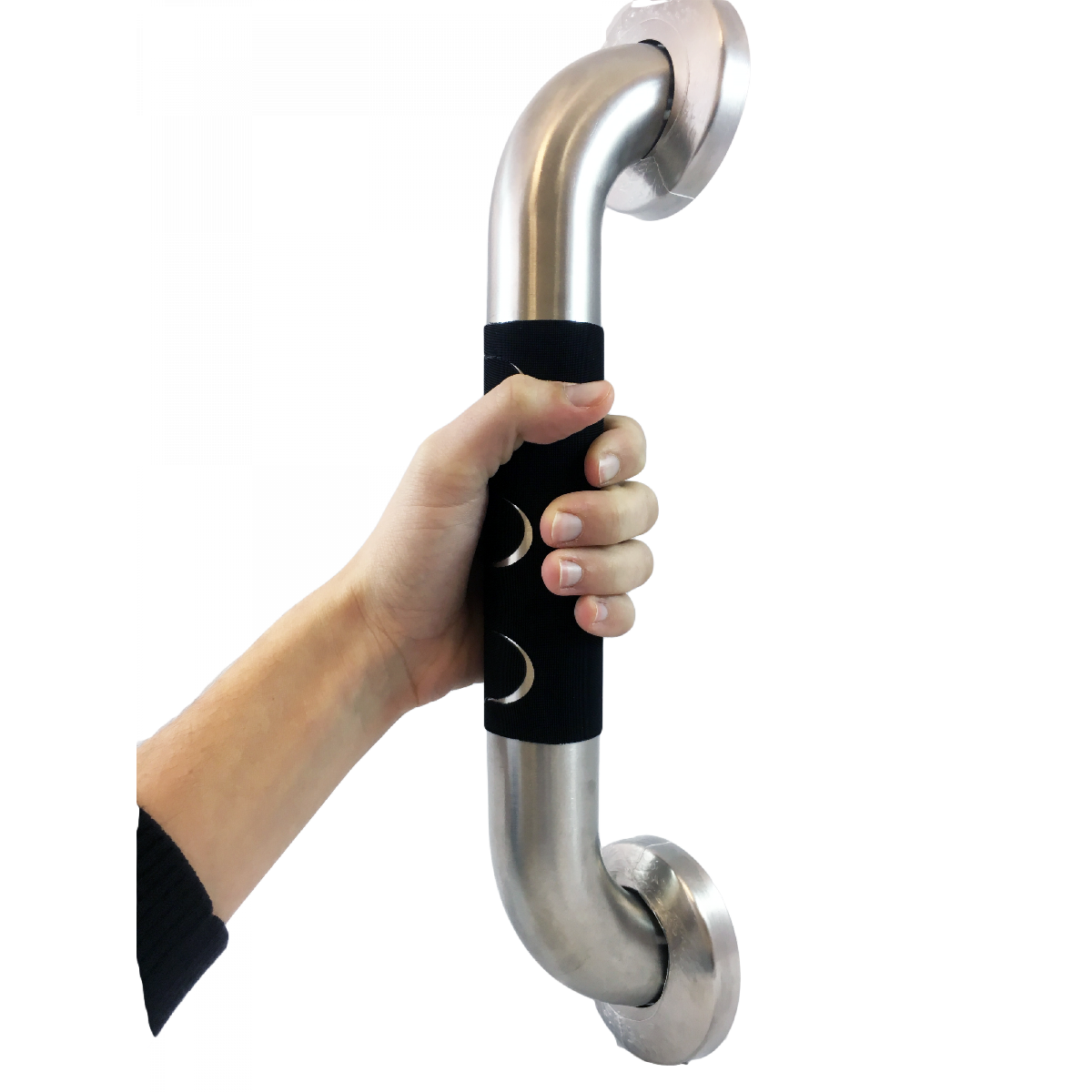
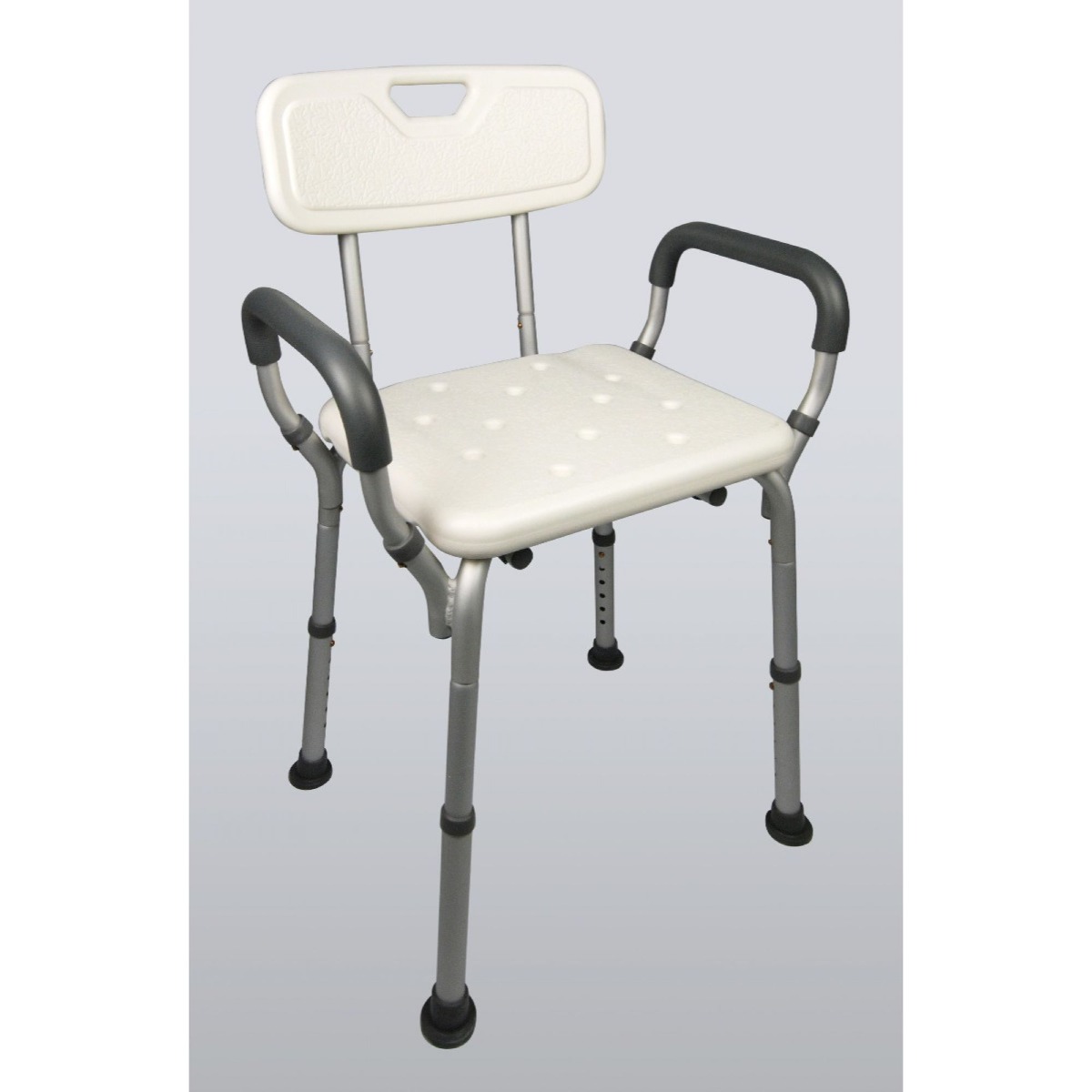
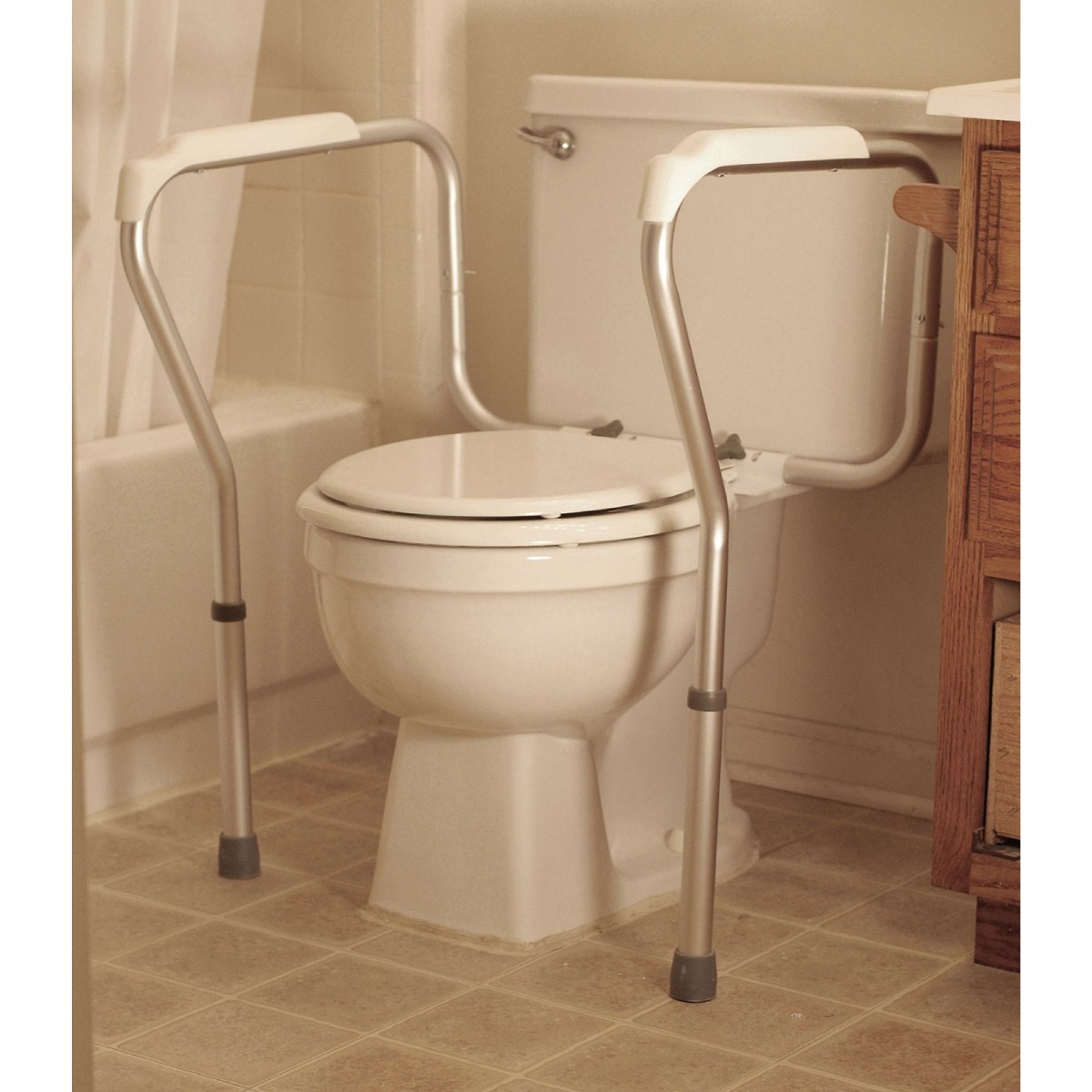
- Slippery bathrooms are a common location for falls. Adding textured grab bars near the bath and toilet offer a place to hold onto for support as you move around the bathroom. You can add HoldFast Grips to enhance gripping on standard grab bars and to act as a visual aid for where to grab onto the bar.
- If navigating the lip of a tub is challenging, consider using a tub rail to give yourself extra support when stepping in and out of the bath. A bathlift can also help simplify transfers in and out of the bath. For some people with HD, a walk-in shower, shower chair, and handheld shower head make bathing easier.
- A toilet surround offers support as you sit and stand from the toilet.
Bedroom Fall Prevention

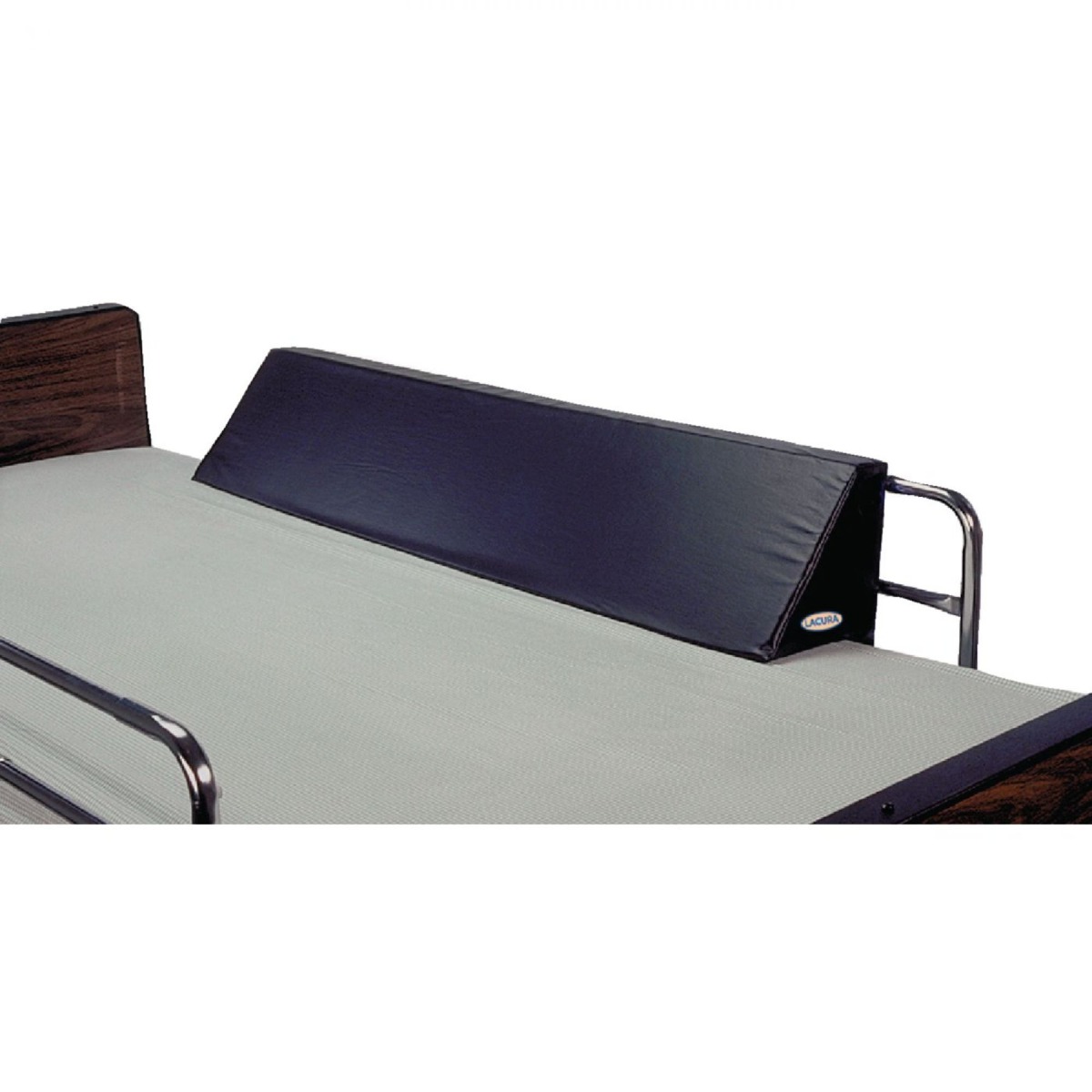
- In mid to late stages of HD, chorea may cause problems with falling out of bed. Bed rails can help keep you from accidentally falling out of bed and help you know where the edge of the bed is located.
- You can add rail pads for additional safety.
- If you are able to rise from the bed to a standing position, you could also lower the bed frame or place the mattress on the ground to help prevent injuries from falls.
Fall Protection
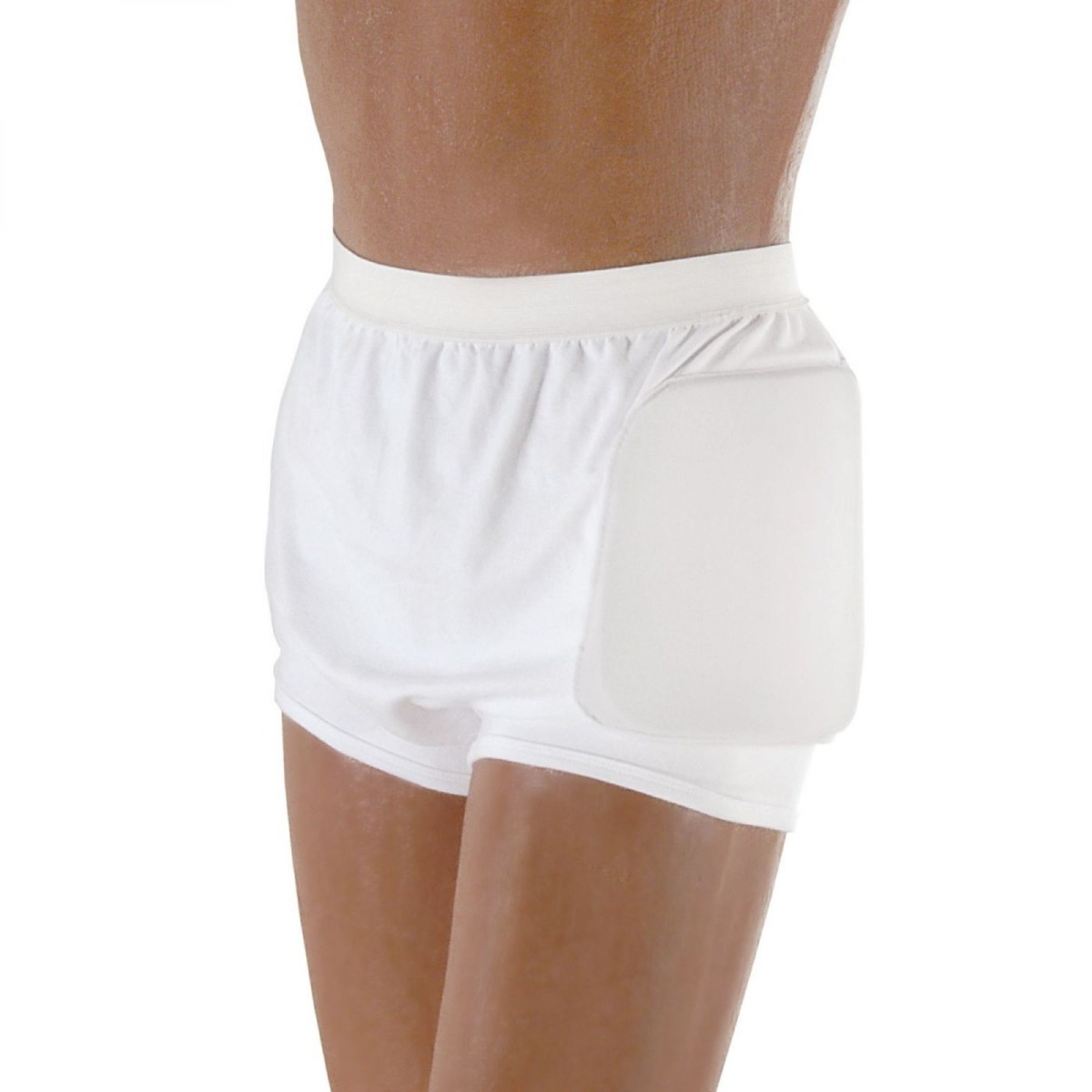

- If you’re at a high risk of falling, protective equipment can help reduce the risk of injury. If you tend to fall on your knees, knee protectors can help prevent bruising. Similarly, if chorea causes you to bump your elbows on furniture, elbow pads can help.
- If you tend to fall on your hips or butt and are at risk for hip fracture, your doctor may recommend hip protectors to reduce your chance of injury.
- Falling often also puts you at risk for head injuries. To prevent abrasions and prevent injuries, a helmet may be suggested. There are a variety of options from soft helmets, to hard helmets, to helmets that offer face protection.
More Information
If you have more questions about preventing falls and reducing injuries for people with Huntington’s disease, talk to your occupational therapist or another medical professional.
To read more about HD, see these articles on:
- Huntington's Disease Overview: Causes, Symptoms, & More
- The Best Dining Aids for People with Huntington’s Disease
- 8 Bathing & Dressing Aids for Huntington’s Disease
- Huntington’s Disease: Managing Contractures
- Huntington’s Disease: Mobility Aids for Every Stage
- Helpful Transfer Aids for People with Huntington's Disease
References
- Huntington’s Disease Society of America. (2016). A Caregiver Guide for HD Families. Retrieved from https://bit.ly/2yv2MbB
- European Huntington’s Disease Network. (2012). Occupational Therapy for People with Huntington’s Disease: Best Practice Guidelines. Retrieved from https://bit.ly/2wdB4PS
Medical Disclaimer: The information provided on this site, including text, graphics, images and other material, are for informational purposes only and are not intended to substitute for professional medical advice, diagnosis or treatment. Always seek the advice of your physician or other healthcare professional with any questions or concerns you may have regarding your condition.

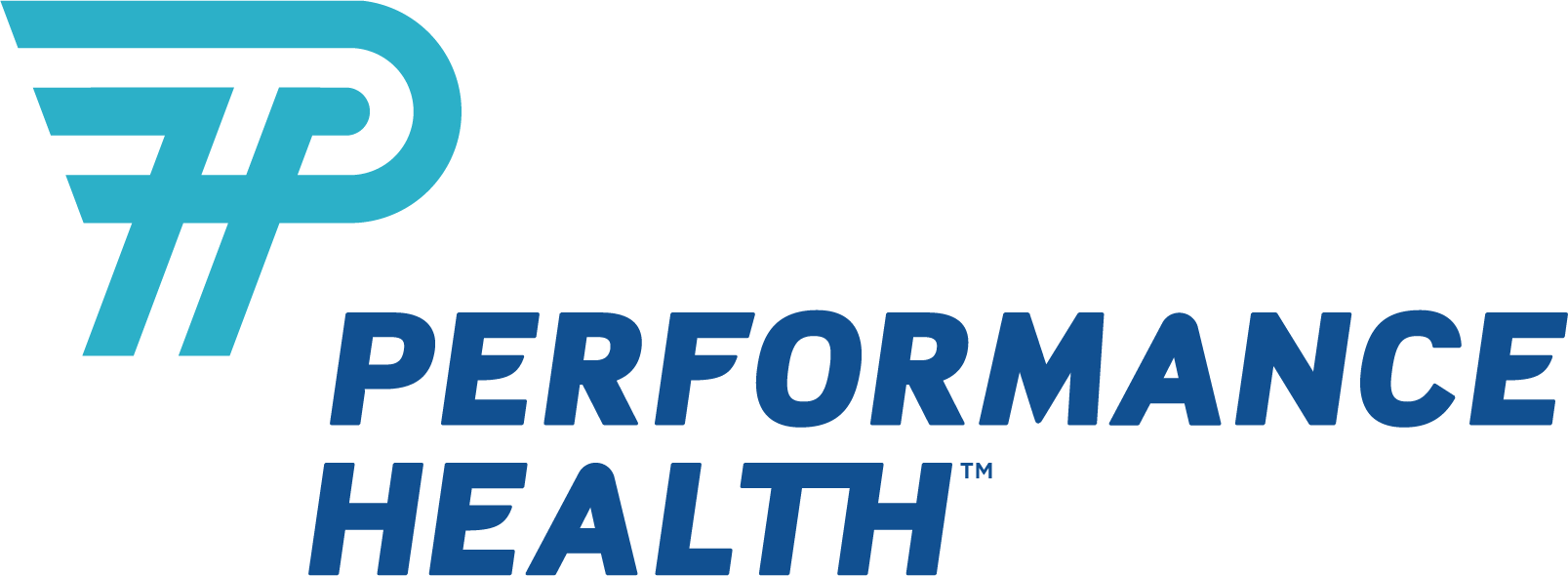






 France
France Australia
Australia
